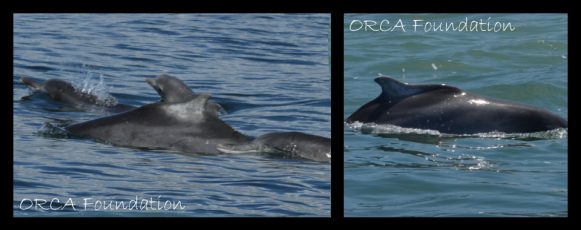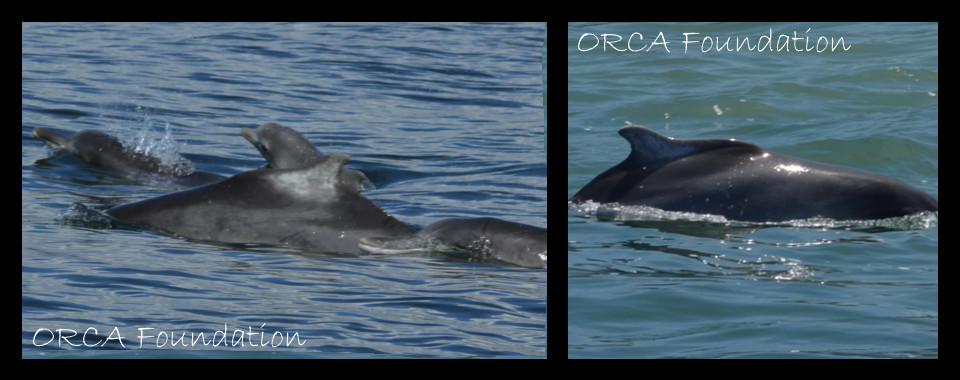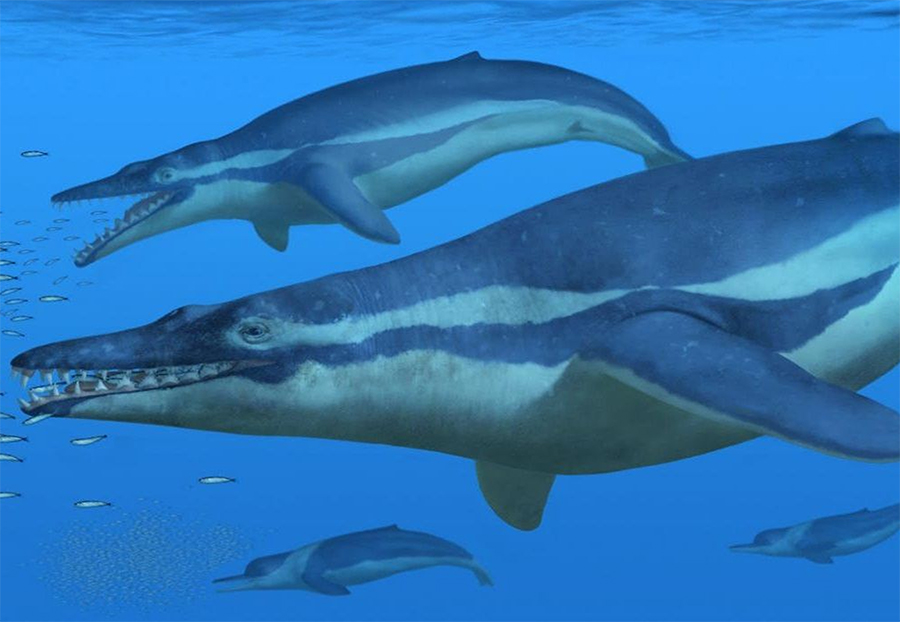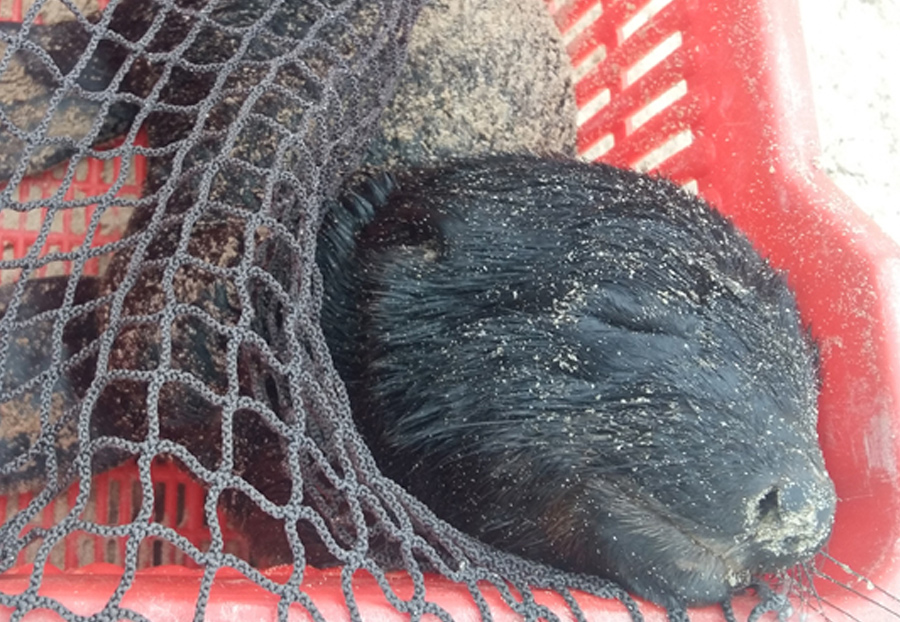Humpback dolphin

The Indo-Pacific humpback dolphin Sousa chinensis is a resident species along our coastline, and is the iconic species of the Plettenberg Bay Hope Spot (www.sst.org.za/hope-spots/plett-hope-spot). The Indo-Pacific humpback dolphin is a widespread and highly variable species. Humpback dolphins range from the east coast of Africa, northern Indian Ocean, along the southern coast of the Middle East through the southeast Asia and northern Australia. Along with their wide distribution, there is great variation in appearance, including very pale coloured animals lacking a dorsal hump, as well as very dark coloured animals with an exaggerated dorsal hump. The species Sousa chinensis is currently under review to be broken into two separate species: S. chinensis and S. plumbea. Comprehensive genetic and morphological sampling throughout this species range will need to be done to determine whether there will be a split into two species or whether it will remain as one variable species. The type we find in South Africa is the Plumbea-type, which grow up to 2.8 m and 280 kg, and are generally found in very small pods of 5-25 individuals. They are distinct from other species in having a fleshy dorsal hump at the base of a small, but clearly hooked, dorsal fin. They are dark grey above fading to off-white below. The Indo Pacific humpback dolphin is classified as Near Threatened by the IUCN, but if assessed separately the Chinensis-type and Plumbea-type would both be classified as Vulnerable. Unfortunately, conservation efforts for this species are low, and the threats facing it are high. As humpback dolphins prefer shallow waters they are particularly vulnerable to habitat loss through the alteration or destruction of in-shore environments. Animals becoming entangled in fishing gear is also a high cause of mortality, while pollution and boat traffic also pose a threat. Organochlorines and other pollutants are found in high concentrations in the tissues of South African humpback dolphins which raises concerns that the survival of both adults and calves may be negatively affected.
Written by: Minke Witteveen
For further reading:
- Branch, G.M., Griffiths, C.L., Branch, M.L. and Beckley, L.E. 2010. Two Oceans: A guide to the marine life of southern Africa. Pp. 368. Random House Struik Publishers, Cape Town.
- Reeves, R.R., Dalebout, M.L., Jefferson, T.A., Karczmarski, L., Laidre, K., O’Corry-Crowe, G., Rojas-Bracho, L., Secchi, E.R., Slooten, E., Smith, B.D., Wang, J.Y. and Zhou, K. 2008. Sousa chinensis. The IUCN Red List of Threatened Species 2008. Accessed: 2016-10-08. URL: http://www.iucnredlist.org/details/20424/0.




